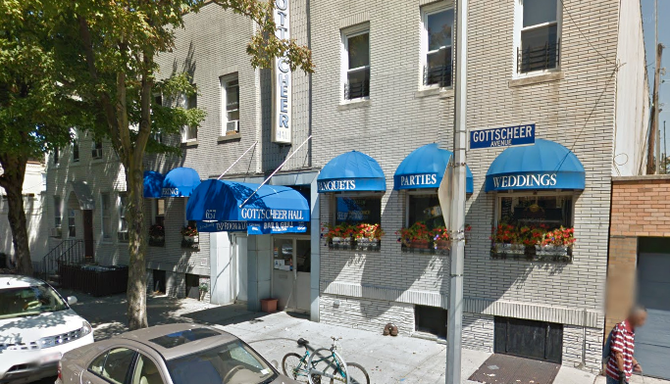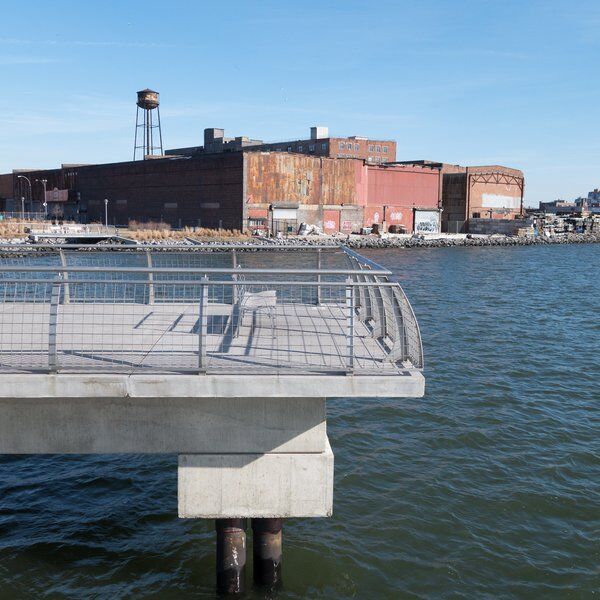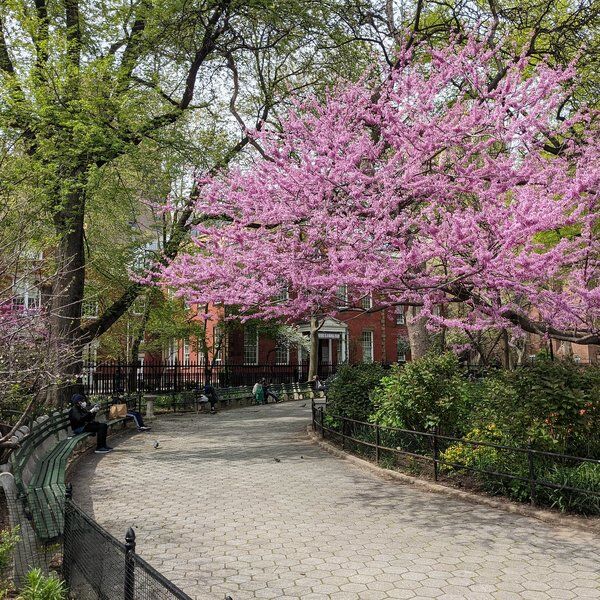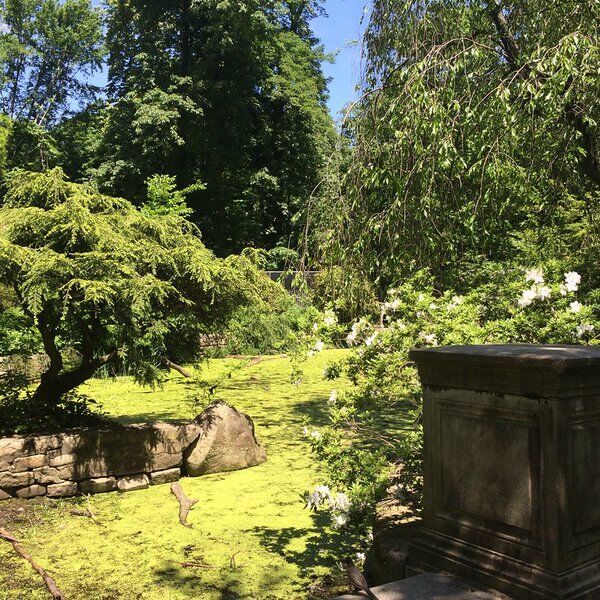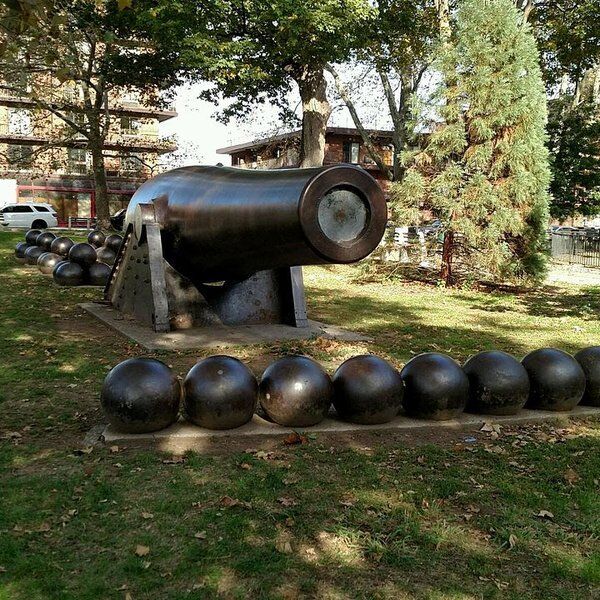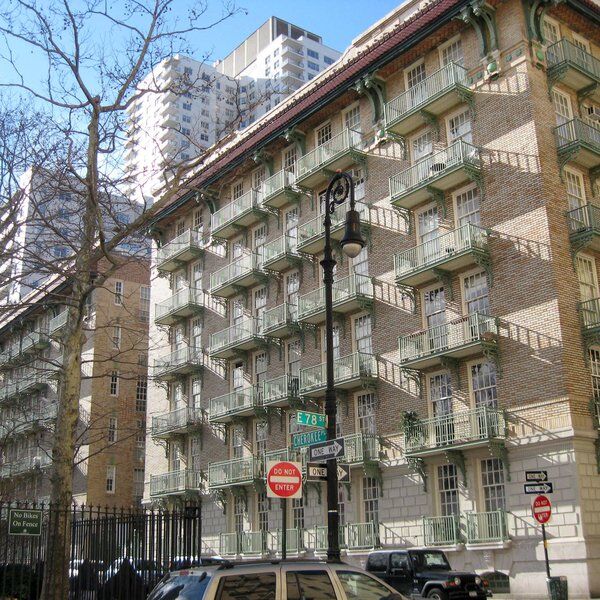In their mission statement, Gottscheer Hall talk of over 75 years of experience and 'old world charm'; its a great place to grab a German beer and has by now become a Queens institution. But, what is the eatery's origin story? Who are the 'Gottscheer' of Gottscheer Hall?
The Origins Of Gottscheer Hall
Gottscheer Hall is named for the citizens of Gottschee ("Gottcheers"), an altitudinous area of modern day Solvenia first settled in the early 1300s by German farmers. At the time the area was dense with forest, but over the century that followed the settlers cultivated the land and, in 1471, Emperor Friedrich III of the Holy Roman Empire bestowed upon it a municipal charter. Gottschee had been mades a town.
Trouble For The Gottscheers
The 15th and 16th Centuries saw almost continual war between the Christian powers of Western Europe and the Muslim power of the Ottoman East. Being positioned between modern day Austria and Croatia, the Gottscheers often found themselves caught up in these conflicts. And that wasn't the only problem they had to contend with.
Plague and cholera ravaged their land; they suffered at the hands of oppressive taxation and statuatory labour. But they were not going to take this lying down.
The Gottscheers Fight Back
In 1515, the Gottscheers revolted, rising up and killing their feudal lord, Jorg Von Thurn. News spread of their defiance amongst the peasants of the nearby area, and so did rebellion.
Soon, around 80,000 of them had joined together in protest, the largest revolt that the Slovene Lands have ever seen. They attacked castles, demanding their feudal trade rights be reinstated. Ultimately, however, the uprising was defeated by mercenaries of the Holy Roman Empire, who won a decisive battle in Celje.
But this was far from the last time the Gottscheers would resist the ruling powers. The territory saw five more uprisings across the course of the next 50 years alone.
The Gottscheer Across The Centuries
Isolated in their highland, the Gottscheers remained distinct from the world below. This help them to maintain their unique culture and language, which today is one of the oldest German dialects still in use.
Over the years, they slowly gained rights. In 1774 they were issued a patent allowing them to sell oil and citrus fruits, and in 1791 Gottschee was elevated to the status of Duchy.
At the same time, they suffered further conflict. Notably, the area was occupied by Napoleon's France in 1809. This provoked another revolt from the Gottscheers and the killing of the ruling commissar. It took a decline in Napoleon's power, however, to see them once again freed from French rule.
Population Increase And Immigration
Like many parts of Europe, Gottschee saw an explosion in population during the 19th Century, peaking at 26,000 people in the 1880s.
This period saw many Gottcheers immigrating to America, paving the way for the 1924 establishment of Gottscheer Hall.
The 20th Century brought more upheaval to the region, provoking further immigration. With the 1918 dissolution of the Austro-Hungarian Empire, Gottschee was given to Yugoslavia. Then, in 1941, WW2 saw it briefly becme part of Italy, and 11,000 Gottscheers were relocated to Germany. At the end of the war, the region was recalimed by Yugoslavia and many Gottcheers were left homeless and stateless.
Today, the majority of Gottscheers live in the US, with smaller numbers having settled in Canada, Austria, Germany and beyond. The US' most prominent hubs for Gottscheers are Cleveland and, of course, New York, where Queen's famous Gottscheer Hall is still going strong, over 75 years after it was established.
Interested in finding more places like this? Try one of our Scavenger Hunts around NYC - untangle cryptic clues as a team, as you are taken on a journey to the most unique, unusual and bizarre corners of NYC.
